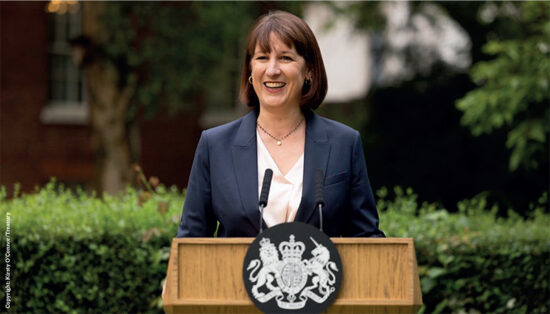In his Budget on 8 July 2015, George Osborne formally announced one of the worst-kept secrets regarding inheritance tax (IHT): the introduction of a new nil-rate band for main residences.
Although it will not come in until April 2017, at a level of £100,000, it will increase by £25,000 each year until it reaches £175,000 in April 2020. However, the freeze on the basic £325,000 nil-rate band will now be extended until April 2021.
The new residence nil-rate band (RNRB) will be fully transferable between spouses and civil partners, in a similar way to the basic nil-rate band. Provided the second death occurs on or after 6 April 2017, the proportion of any unused RNRB from the first death can be taken on the second death, even if there was no such thing as a RNRB in existence on the first death.
This means that if a husband dies on 1 January 2016, and leaves everything to his wife, when she subsequently dies on the 19 September 2020, leaving everything to the children, her executors will be able to claim a 100% enhancement to her basic nil-rate band as well as a 100% enhancement to her RNRB, giving a total of 2 x £325,000 + 2 x £175,000 = £1m.
According to HM Treasury’s summer Budget report, this “means the effective inheritance tax threshold will rise to £1m in 2020/21”.
Case study 1
Fred and Paula had been married for several years when Fred died in 2014. He left all of his estate, worth £1m, to Paula, including his share of the family home, which he owned jointly with Paula.
Let’s assume Paula dies on 1 September 2017, leaving the whole of her estate to their adult daughter, Amy. Paula’s estate, including the value of the home in which she is resident, is now valued at £1.5m.








